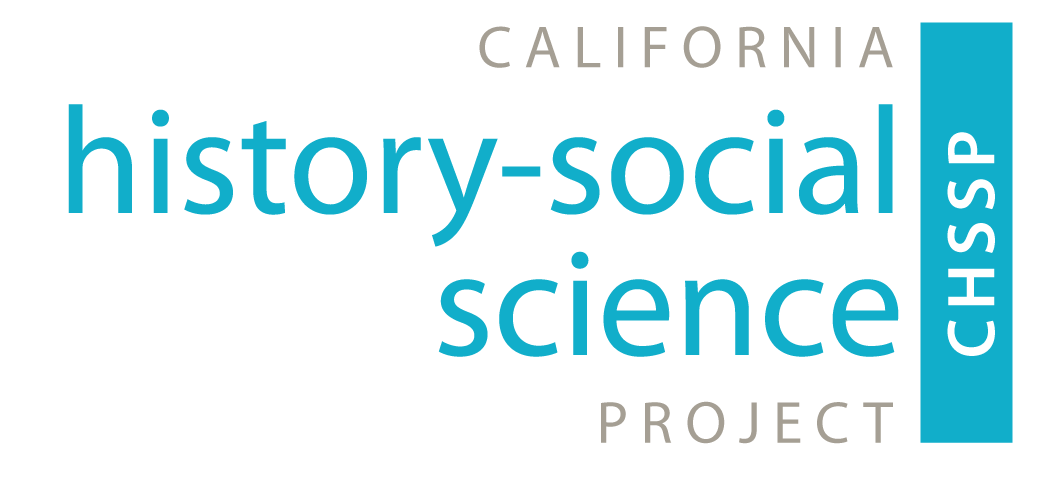The Challenge and Power of Assessments
Originally posted on May 14, 2011 by Shennan Hutton
The challenge of assessments may not be the largest problem which faces teachers and students today, given the sad news of teacher layoffs, program cuts, and tuition increases in the colleges. However, it has been a significant challenge – and a bone of contention – in schools for the past 20 years, and will likely continue to be crucial in the future.
The idea of testing student knowledge and abilities and coming up with a number (or a grade of some sort) is fundamental to American education. Long before “high-stakes” testing began in schools, teachers were testing students. The theory behind the test is that it is an accurate and objective measure of what the student knows. The reality has always been more tentative. The kind of test (or assessment) given to the students makes a lot of difference. Many history teachers believe that writing (essays or short answer questions) is a good way to assess how well students recall and understand historical content and ideas. Other teachers believe that performance-based assessments (that is, evaluating how well student complete a task or project) yield more useful results.
However, most mass school- and state-wide assessments contain mostly multiple-choice questions, because they can be graded by machine. This is less expensive than grading writing, which requires paying humans. Although innovators are now working on programs that will be able to evaluate student essays, in the meantime, economic realities mean that multiple-choice question is the dominant assessment . As one teacher wrote on our Blueprint survey, “Useful? No. Required? Yes.”
So much hangs on these multiple-choice questions as well. Schools, district, states and even the U.S. as a whole regularly receive grades based on multiple-choice assessments. The most recent one was the failing grade on civics. All the news outlets were quick to tell us (with charts) that current students are falling behind in civics. These students had answered fewer multiple choice questions correctly about the constitution and how a bill becomes a law than their predecessors did a few years ago. Civics, history, science, art, music and physical education all take a back seat in elementary schools because the annual multiple-choice assessments in English/Language Arts and Mathematics determine the schools’ grade. A “good” school has high scores; a “bad” school has low scores. The scores themselves parallel the socio-economic status of the population, and are typically compared with other schools with the same demographics. The state also focuses on a school’s progress, which means that the school has to get higher scores every year. These tests drive virtually all of the decision-making in K-12 education.
Although I dislike multiple-choice tests intensely, I do recognize the public’s right to grade the schools and the teachers in them. Teachers should be just as accountable for their progress and hard work as workers in other fields are. Assessments cannot be prohibitively expensive either. And so I find myself working on writing better multiple-choice questions. Life can be very ironic.
We in the Blueprint team think that we can improve upon current multiple-choice questions by putting more emphasis on historical thinking than on simple recall of information. If we can make questions less dependent on a memorized “fact” and more dependent on the student thinking through several historical factors, the resulting questions should be a better measure of their knowledge and abilities.
We also want to experiment with combining multiple choice and short answer questions. Specifically, we want to ask students to explain why they chose (b) as an answer, or to write down a piece of evidence that supports (c). This may make little difference to the larger scope of assessment at the school-wide level, but we think it will offer crucial information to the classroom teacher.
